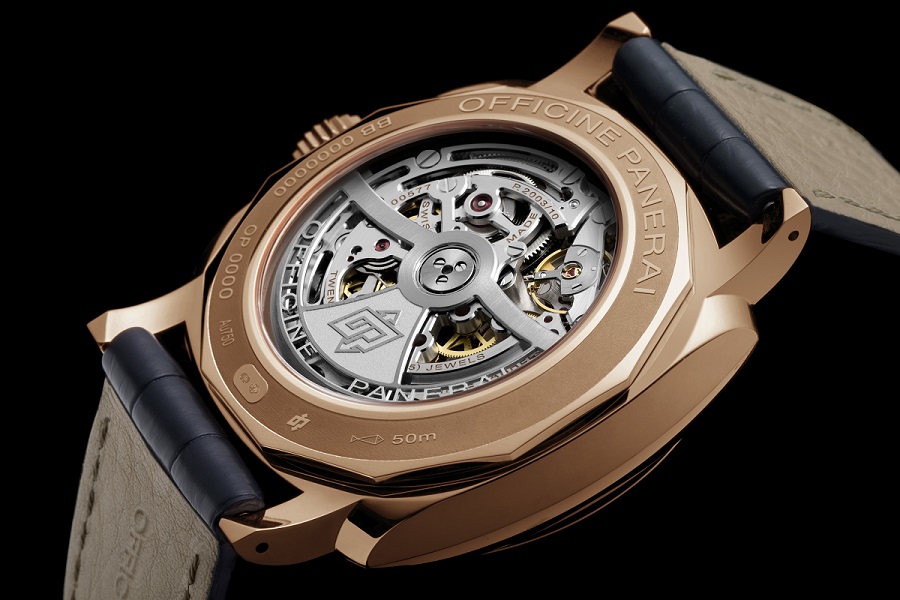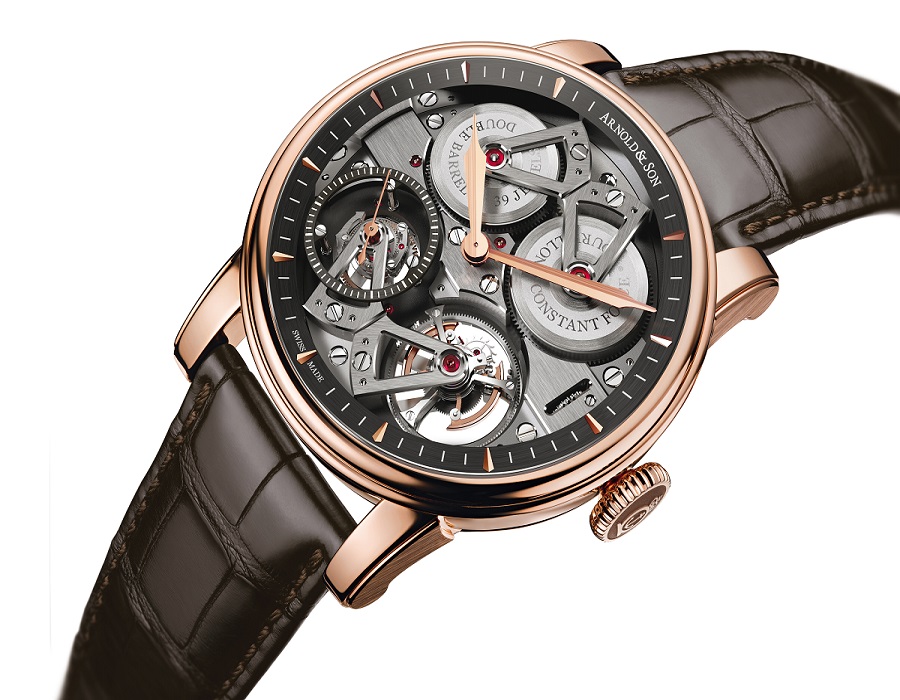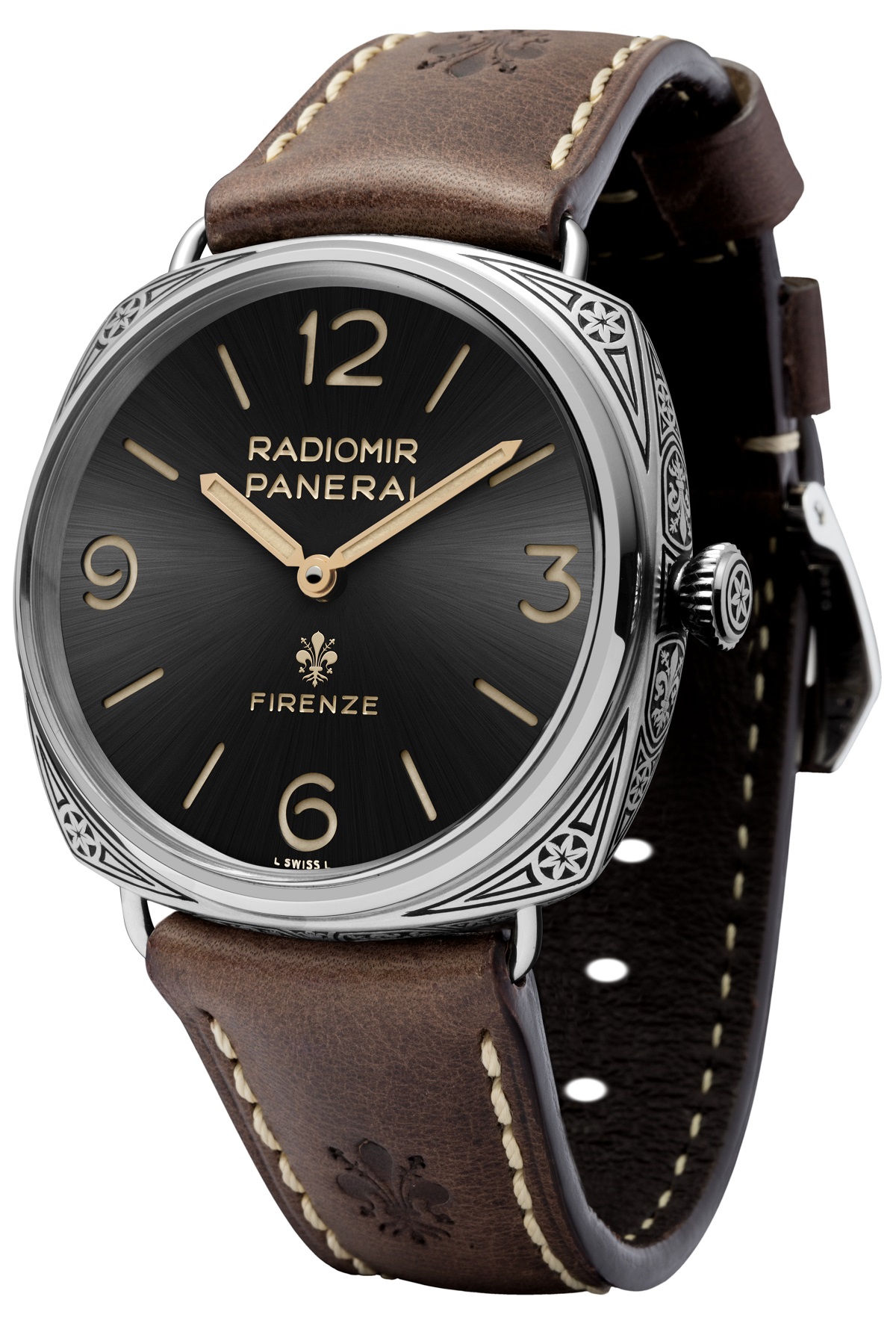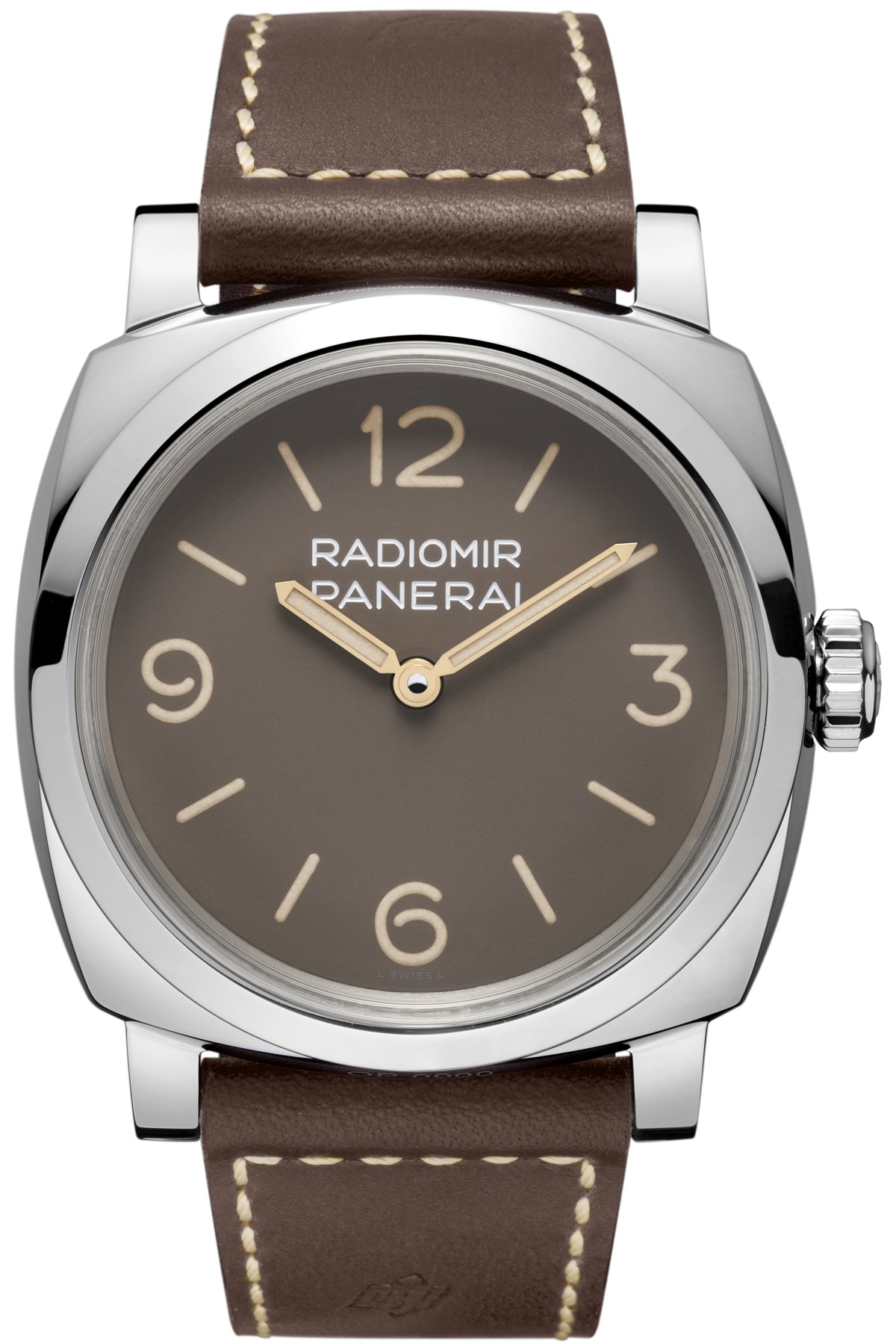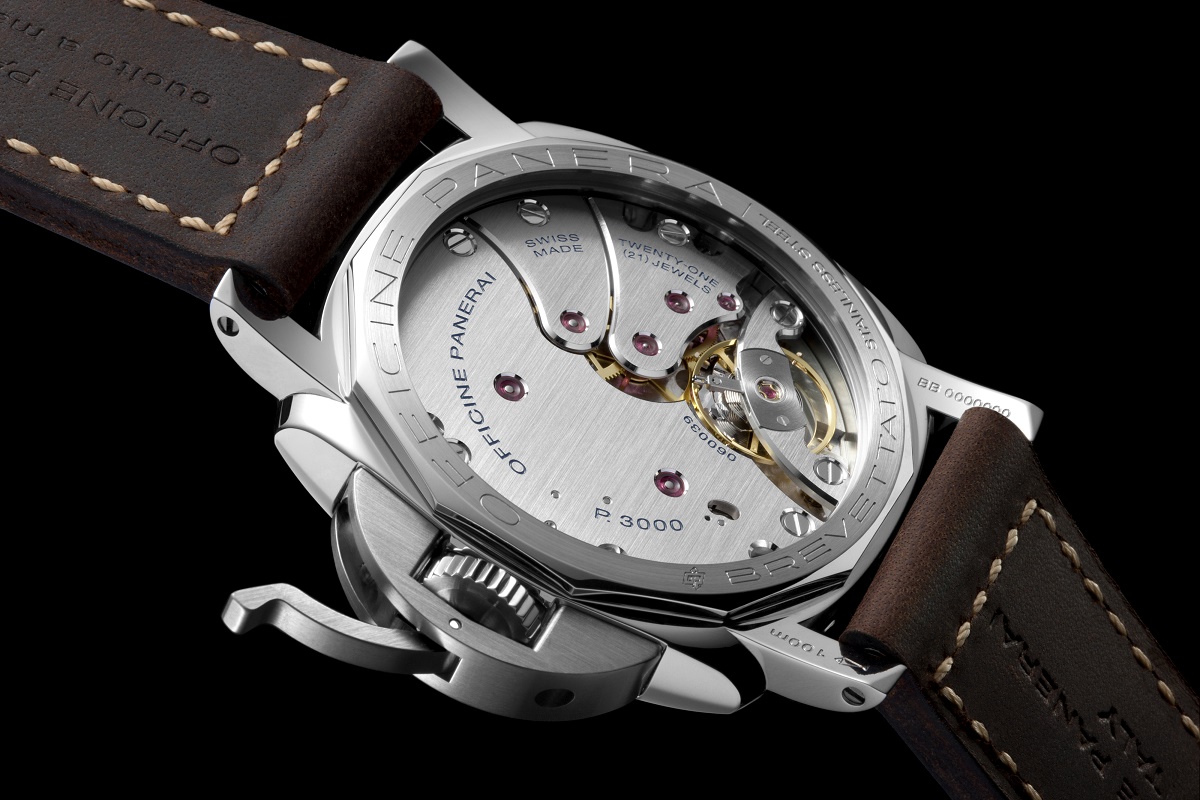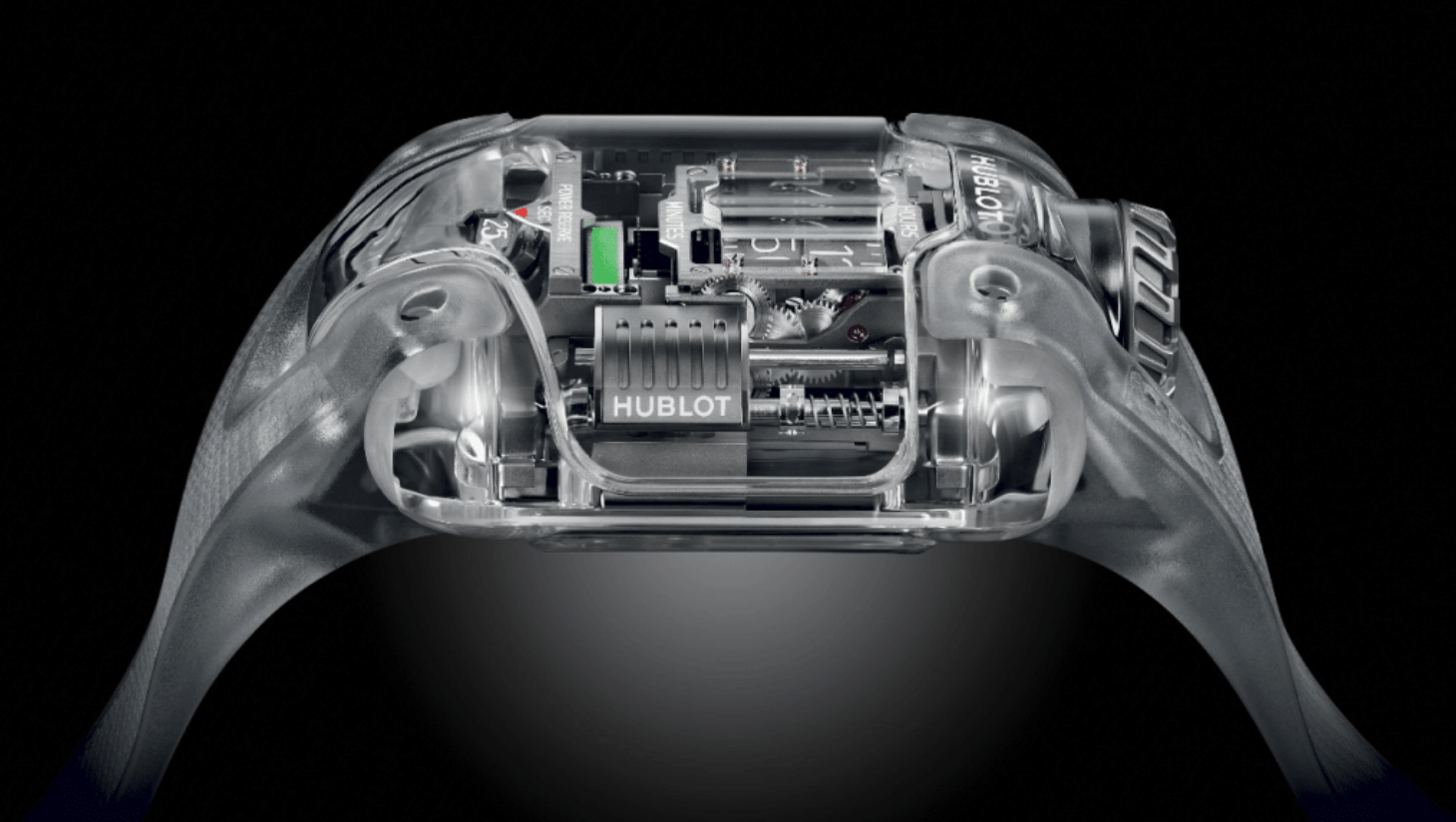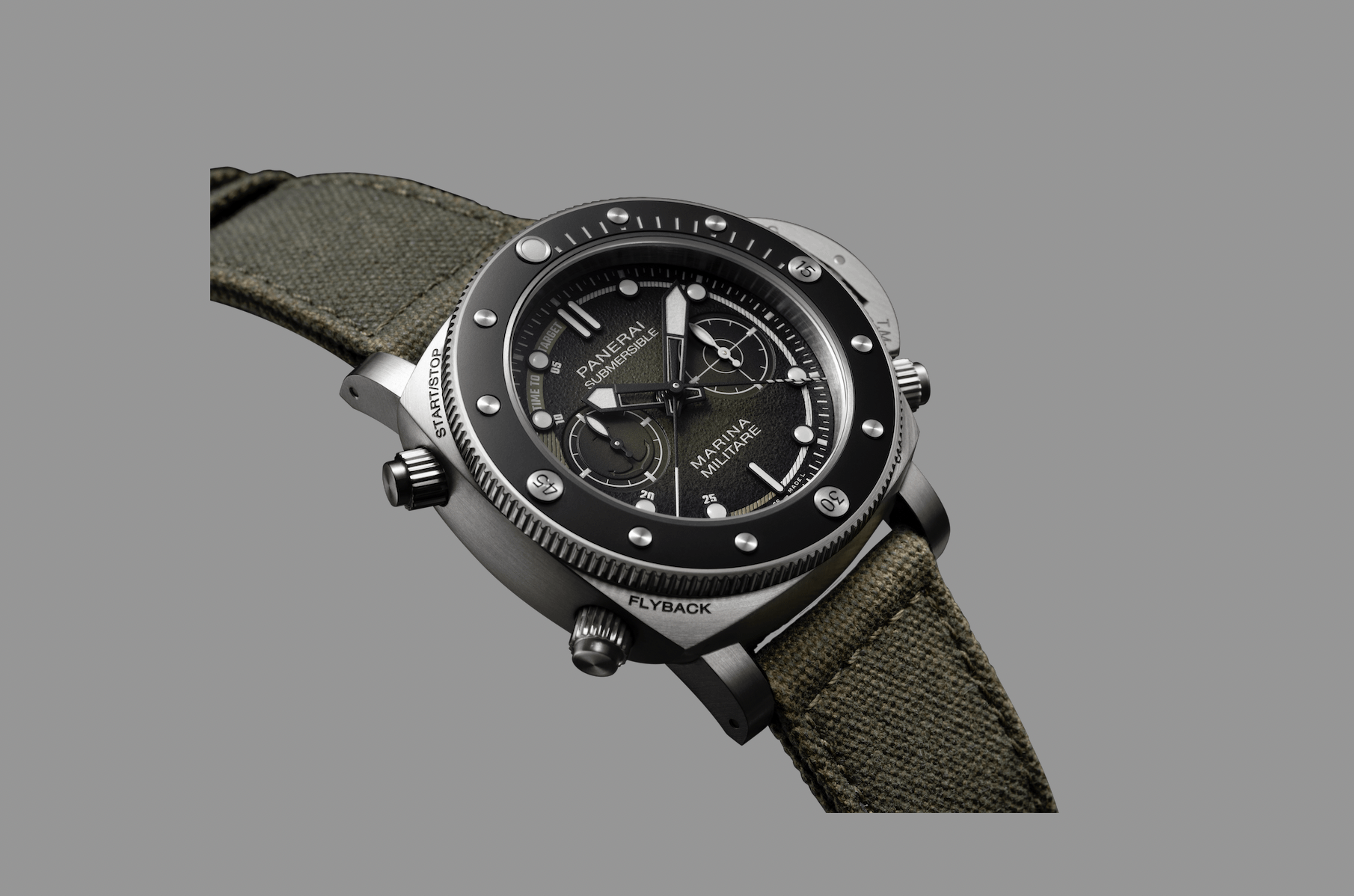Atmos 568 by Marc New son
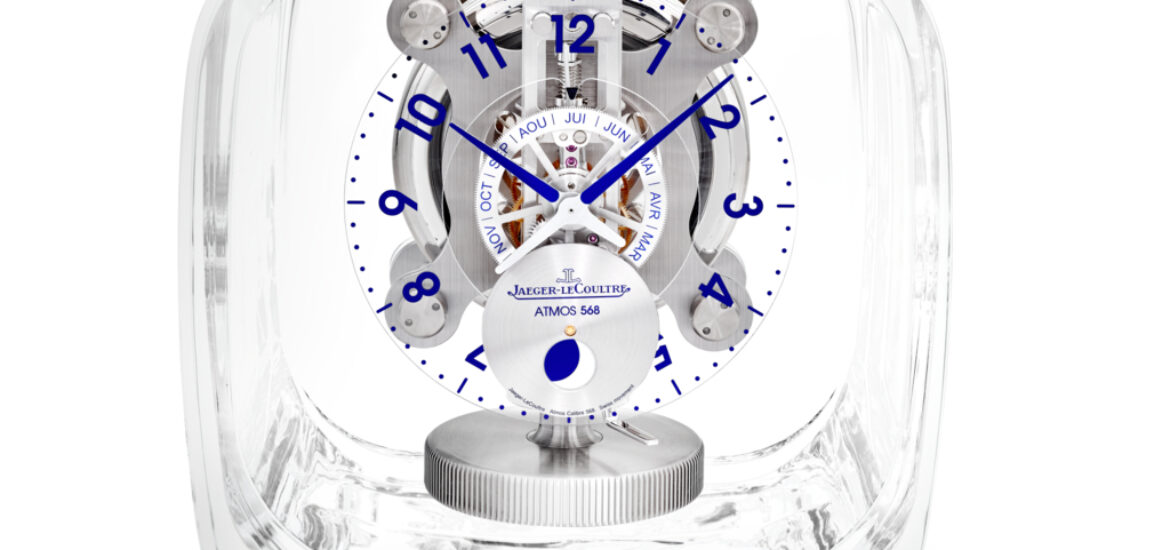
This is the story of a fascinating and mutually rewarding collaboration. Since 2008, Jaeger-LeCoultre and designer Marc New son have been teaming up to pool their expertise and spark off each other’s creative energy, working together on a new and unique interpretation of the iconic Atmos. This year the designer once again applied his imagination to this clock that lives on air, rendering it in a contemporary spirit that stays true to its intrinsic identity. His work with the Grande Maison has given rise to an exceptional object of startling purity that draws breath under a Baccarat crystal globe.
Where design, technical virtuosity, and tradition come together
Take, on the one hand, this highly acclaimed yet understated designer, creator of coveted objects. On the other hand, take a legendary clock. It is totally silent – its energy drawn from barely perceptible variations in temperature – and driven by a mechanism that would have fascinated all those down the ages, like Leonardo da Vinci, who dreamed of a perpetual motion machine. In this latest joint effort, the outer form of the Atmos – and some of its components – has been reworked by the talented designer. He pares it back to a crystal globe of sheer transparency to accentuate its essence and iconic status.
Marc Newson explains his affinity with this clock:
“I was thrilled to have been asked to design an Atmos because it is a timepiece that I have loved since I first saw one when I was in my early teens. An Atmos for me is a complex and magical object, it seemingly runs on perpetual motion or the closest thing to it and it needs a constant environment to function in. It is as if it is a living thing – you have the feeling that it can sense your presence – which I find strangely comforting.”
The simplicity of a pared-back movement
It is all lightness, transparency, and simplicity. At first glance, what draws the eye in Marc Newson’sAtmos 568 is its timekeeping mechanism, which appears to float freely in the air, while actually being held in place by the rear part of the movement.
Its very simple dial is optimised for easy legibility. Although light passes right through the clear glass face, it is simple to read thanks to blue transferred Arabic numerals that always face outwards and are underscored by a minute circle. To avoid adding further elements, the marker indicating the month has been designed to form part of the transparent dial. The counterweights are painstakingly designed to melt from sight, while perfectly balancing the hands picked out in a harmonious echo of Marc Newson’s chosen blue. Uniquely for an Atmos, the entire cycle of moon
phases is shown – with a white moon and a blue sky – on a very smoothly finished disc embellished with concentric striations.
On the movement’s reverse, the mechanism is visibly held in place at four points, rather than the three on traditional Atmos clocks, to create symmetry. The membrane bridge, redesigned in a cross-shape and with a brushed finish, showcases the membrane’s bellows to great effect. It bears the clock’s name in the chosen shade of blue, along with the designer’s discreet signature in his trademark orange.
Closer inspection reveals a continuous play of light on the movement, which was devised by Manufacture artisans and had some of its components redesigned by Marc Newson. It is worked in a very contemporary-looking matte satin-brushed finish, with a number of shiny areas that are thrown into brilliant relief by the light streaming through the crystal. A brand new design for the balance wheel features grooves with matte tooth surfaces and shiny hollows, so that as it rotates back and forth, it creates a beautiful pattern of remarkable subtlety reflecting the sun’s rays. A true show of craftsmanship! Another mobile part of the movement, the membrane, is adorned with the same play of contrasting finishes, shiny depths set off by a matte exterior.
A showcase of light
As soon as you manage to tear your eyes away from the movement, you are struck by the sophisticated elegance and sheer immateriality of the cabinet that houses it. New son chose crystal – loved by the designer for its aesthetic qualities and unique finish – as the material for this globe that resembles a rounded cube. Only a glass works operating at the cutting edge of crystal manufacturing, like Baccarat, had the necessary technical expertise, and lengthy research was needed to reduce the crystal thickness to a minimum – a mere 13 mm in some places.
The crystal cabinet allows light to stream over the clock it encases, while also creating its own subtle play of reflections in a real visual treat. Although not easy to smooth and even, this crystal has a remarkably beautiful finish. The fine contours of the globe, along with its thicker base, have been perfectly crafted by Baccarat artisans to give a fluid and harmonious effect, like a cushion of light.
A thicker base makes the clock very stable and can hold the mobile glass wall that gives access to the movement. The clock is magnified inside its crystal cabinet, a bit like a ship in a bottle.
Journey to the limits of a clock
Intrigued by the extreme transparency of the Atmos, your eyes shift with curiosity to its side, where they are transfixed by a tangle of gear trains. All the mystery of this clock lies open to your gaze. Invented in 1928, it runs independently of any human intervention, thanks to a gaseous mixture in a hermetically sealed capsule, which expands when the temperature rises and contracts when it falls. The capsule is connected to the clock’s drive spring, and as it swells like the bellows of an accordion, it constantly winds the clock movement. A temperature fluctuation of a single degree is enough to provide the clock with an operating autonomy of about two days. The gear trains are so perfectly designed that they require no oil, which would interfere with the optimum running of the clock.
The combined talents of Marc New son and the artisans of Jaeger-LeCoultre have yielded this timeless design – a clock that seems to defy time altogether. With its limpid beauty and delicate simplicity, the Atmos 568 by Marc Newson offers a showcase for time to glide by in utter tranquility.

















